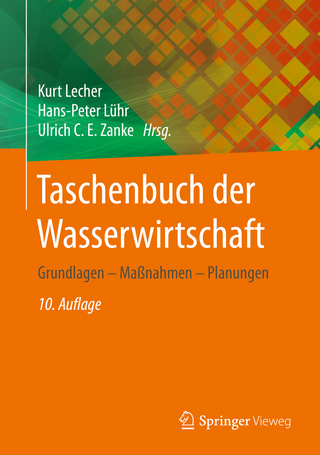
Calculating the Weather
Meteorology in the 20th Century
Seiten
1995
Academic Press Inc (Verlag)
978-0-12-515175-7 (ISBN)
Academic Press Inc (Verlag)
978-0-12-515175-7 (ISBN)
- Titel ist leider vergriffen;
keine Neuauflage - Artikel merken
Offers an account of the growth of meteorology in the 20th century. This book explains how forecasting the weather became a physics-based science. It studies the impact of the computer on meteorology and provides an example of science transformed by the computer.
During the course of this century, meteorology has become unified, physics-based, and highly computational. Calculating the Weather: Meteorology in the 20th Century explains this transformation by examining thevarious roles of computation throughout the history of meteorology, giving most attention to the period from World War I to the 1960s. The electronic digital computer, a product of World War II, led to great advances in empirical, theoretical, and practical meteorology. At the same time, the use of the computer led to the discovery of so-called"chaotic systems,"and to the recognition that there may well be fundamental limits to predicting the weather.One of the very few books covering 20th century meteorology, this text is an excellent supplement to any course in general meteorology, forecasting, or history of science.
During the course of this century, meteorology has become unified, physics-based, and highly computational. Calculating the Weather: Meteorology in the 20th Century explains this transformation by examining thevarious roles of computation throughout the history of meteorology, giving most attention to the period from World War I to the 1960s. The electronic digital computer, a product of World War II, led to great advances in empirical, theoretical, and practical meteorology. At the same time, the use of the computer led to the discovery of so-called"chaotic systems,"and to the recognition that there may well be fundamental limits to predicting the weather.One of the very few books covering 20th century meteorology, this text is an excellent supplement to any course in general meteorology, forecasting, or history of science.
Introduction. Part I. Meteorology in 1900. An Empirical Tradition: Climatology. A Theoretical Tradition: Physics of the Atmosphere. A Practical Tradition: Weather Forecasting. Part II. Meteorology in the First Half ofthe 20th Century. Vilhelm Bjerkness Program to Unify Meteorology. Lewis Fry Richardson: The First Person to Compute the Weather. The Growth of Meteorology. Meteorological Calculation in the Interwar Period. The Effect of World War II on Meteorology. Part III. The Beginning of the Computer Era in Meteorology. John von Neumanns Meteorology Project. The Acceptance of Numerical Meteorology. The Unification of Meteorology. The Recognition of Limits to Weather Prediction. Endnotes. Notes on Sources. References. Index.
| Erscheint lt. Verlag | 18.5.1995 |
|---|---|
| Reihe/Serie | International Geophysics |
| Verlagsort | San Diego |
| Sprache | englisch |
| Maße | 152 x 229 mm |
| Gewicht | 540 g |
| Themenwelt | Naturwissenschaften ► Geowissenschaften ► Meteorologie / Klimatologie |
| ISBN-10 | 0-12-515175-6 / 0125151756 |
| ISBN-13 | 978-0-12-515175-7 / 9780125151757 |
| Zustand | Neuware |
| Haben Sie eine Frage zum Produkt? |
Mehr entdecken
aus dem Bereich
aus dem Bereich
Grundlagen – Maßnahmen – Planungen
Buch | Hardcover (2021)
Springer Fachmedien Wiesbaden GmbH (Verlag)
149,99 €
das Wolkenbuch für alle
Buch | Softcover (2024)
Seifert Verlag
20,00 €
A User Guide for Offshore Renewables and Oil & Gas
Buch | Hardcover (2024)
Whittles Publishing (Verlag)
56,10 €


